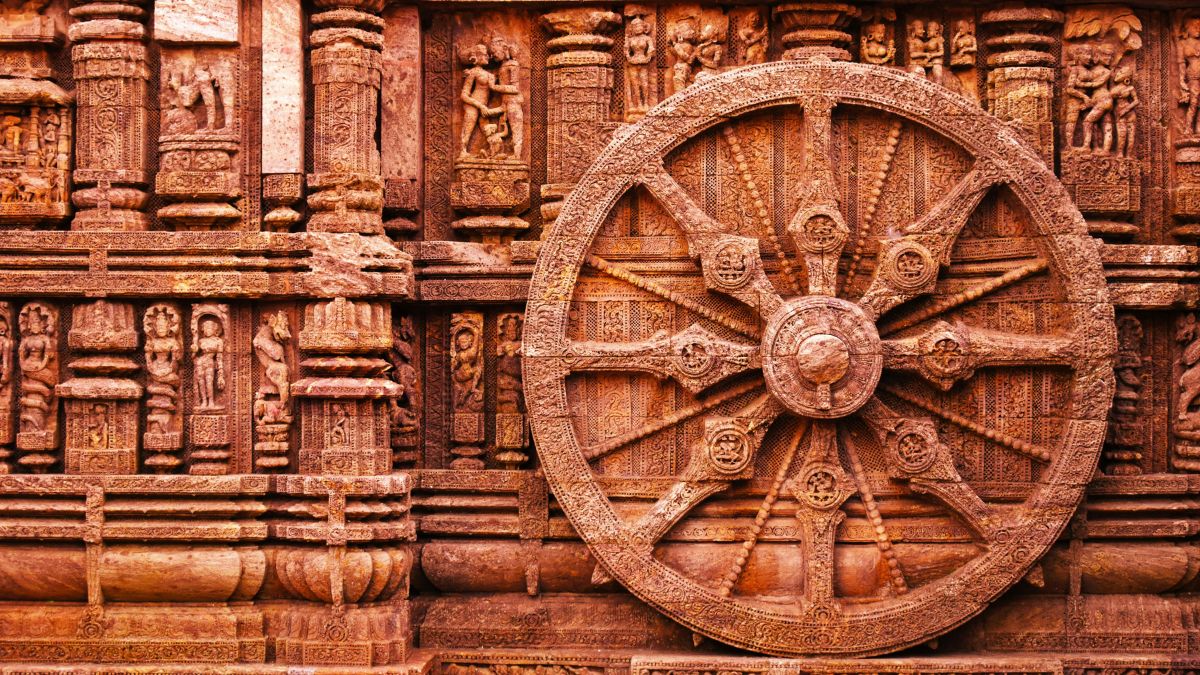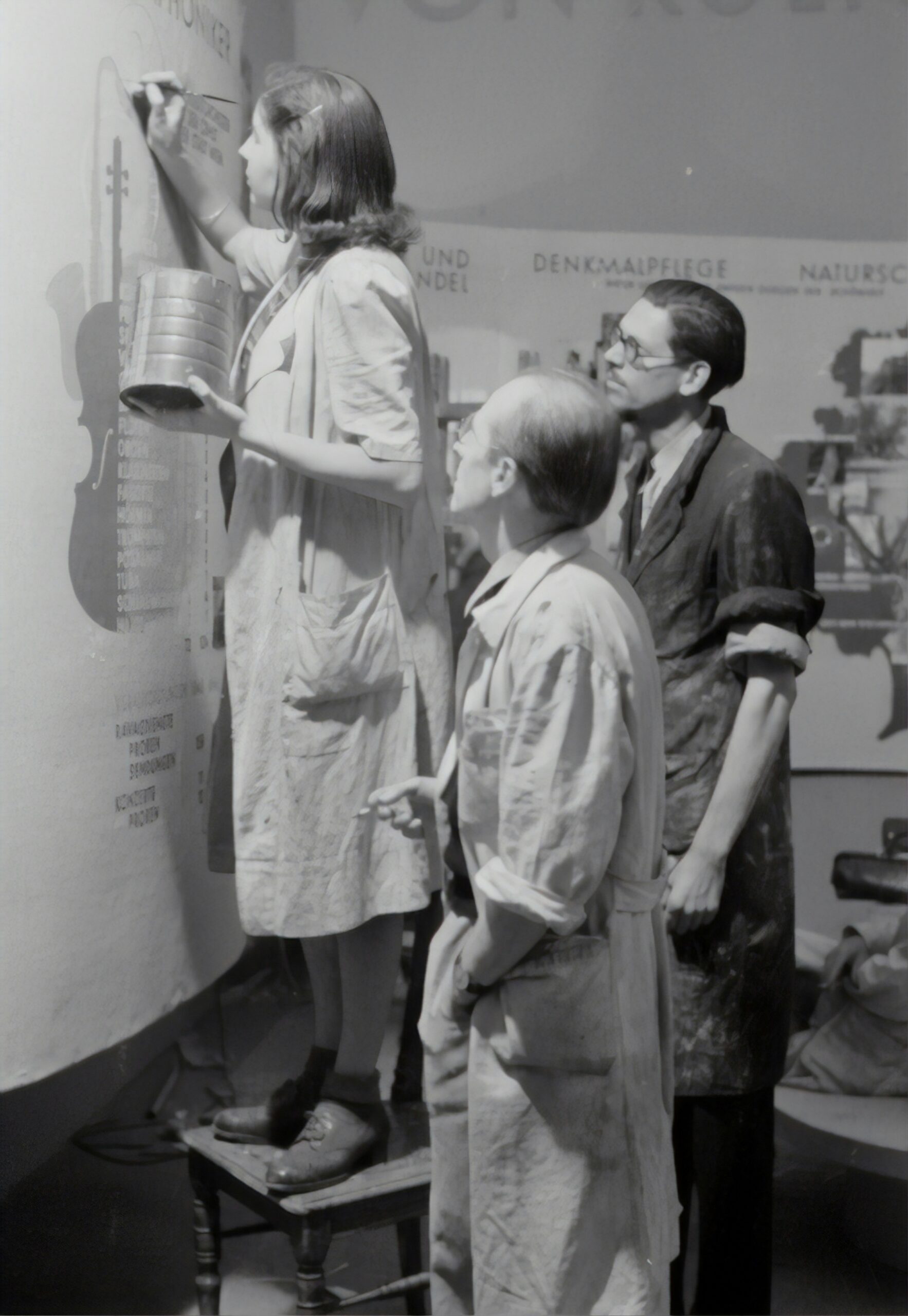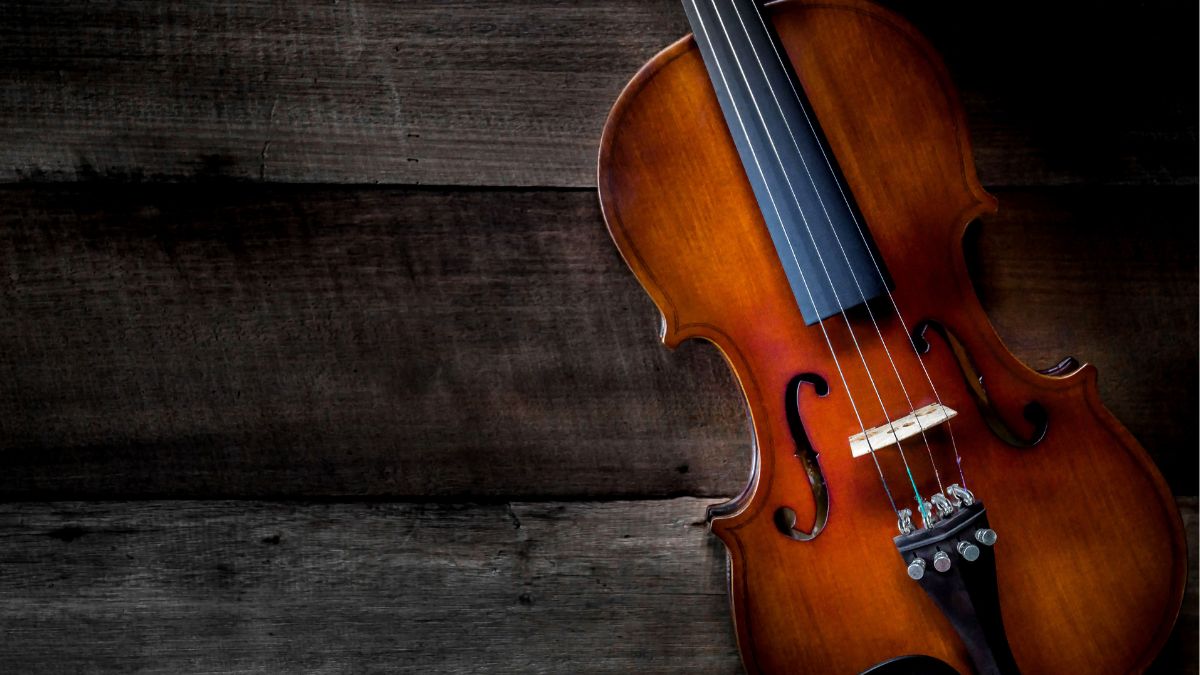Art has always played a crucial role in human expression. From the earliest cave paintings to the grand sculptures of ancient civilizations, art has captured humanity’s emotions, beliefs, and stories. The term “Ancient Artz” doesn’t merely represent ancient artworks; it symbolizes a creative legacy that has shaped human culture. Through ancient art, we gain insight into the evolution of society, culture, and aesthetics, offering a window into the lives and beliefs of our ancestors.
The Origins of Ancient Artz
Art, in its earliest forms, dates back more than 40,000 years. Cave paintings found in the Lascaux caves in France and the Altamira caves in Spain reveal some of the first expressions of creativity. These images of animals, human figures, and symbols held deep spiritual significance, often tied to rituals and beliefs rather than simple decoration.
As societies became more structured, art evolved alongside them. Around 3000 BCE, civilizations like Mesopotamia and Egypt began producing elaborate works of art. Egyptian tomb paintings, known for their meticulous attention to detail, often depicted scenes of the afterlife. The consistency and precision in these artworks reflect their deeply held beliefs in eternity and the divine.
Key Civilizations and Their Contributions
-
Ancient Egypt
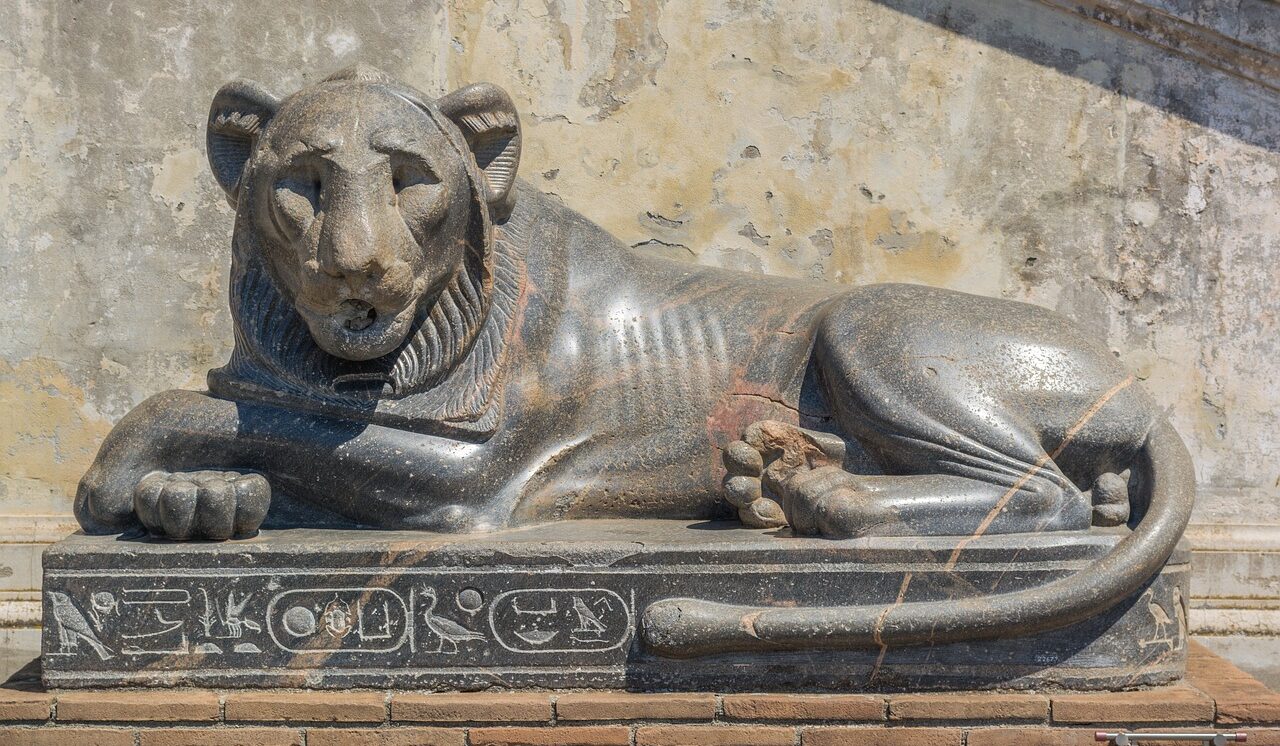
Egypt is renowned for its monumental art and architecture. The Egyptians combined functionality with artistic splendor, producing structures like the Pyramids of Giza. Their art, often linked to religious beliefs, frequently depicted gods, pharaohs, and scenes from mythology.
The statue of Tutankhamun and his golden mask are among the most famous examples of Egyptian art. Crafted with incredible skill, these pieces highlight Egypt’s mastery in working with precious metals and stones.
-
Ancient Greece
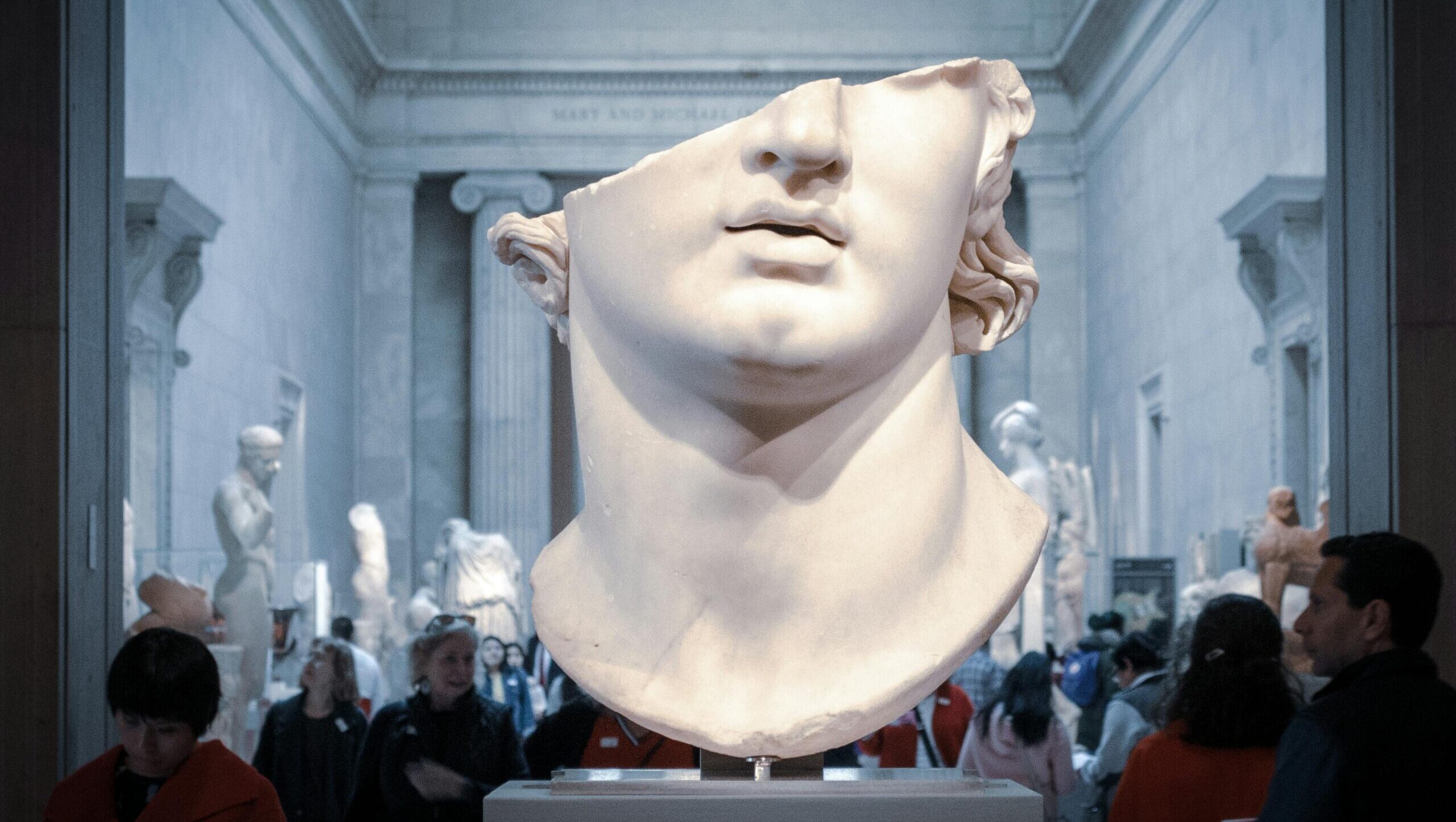
Greek art is famous for its focus on the human form. Sculptures like the Discobolus (Discus Thrower) reflect the Greeks’ admiration for physical perfection and athleticism. Their attention to anatomical detail set a new standard in art, laying the foundation for Western artistic traditions.
Greek pottery also played a key role, often depicting mythological scenes or everyday life. These intricately painted vessels offer insights into Greek society and the values they cherished, particularly their focus on harmony and balance.
-
Ancient China
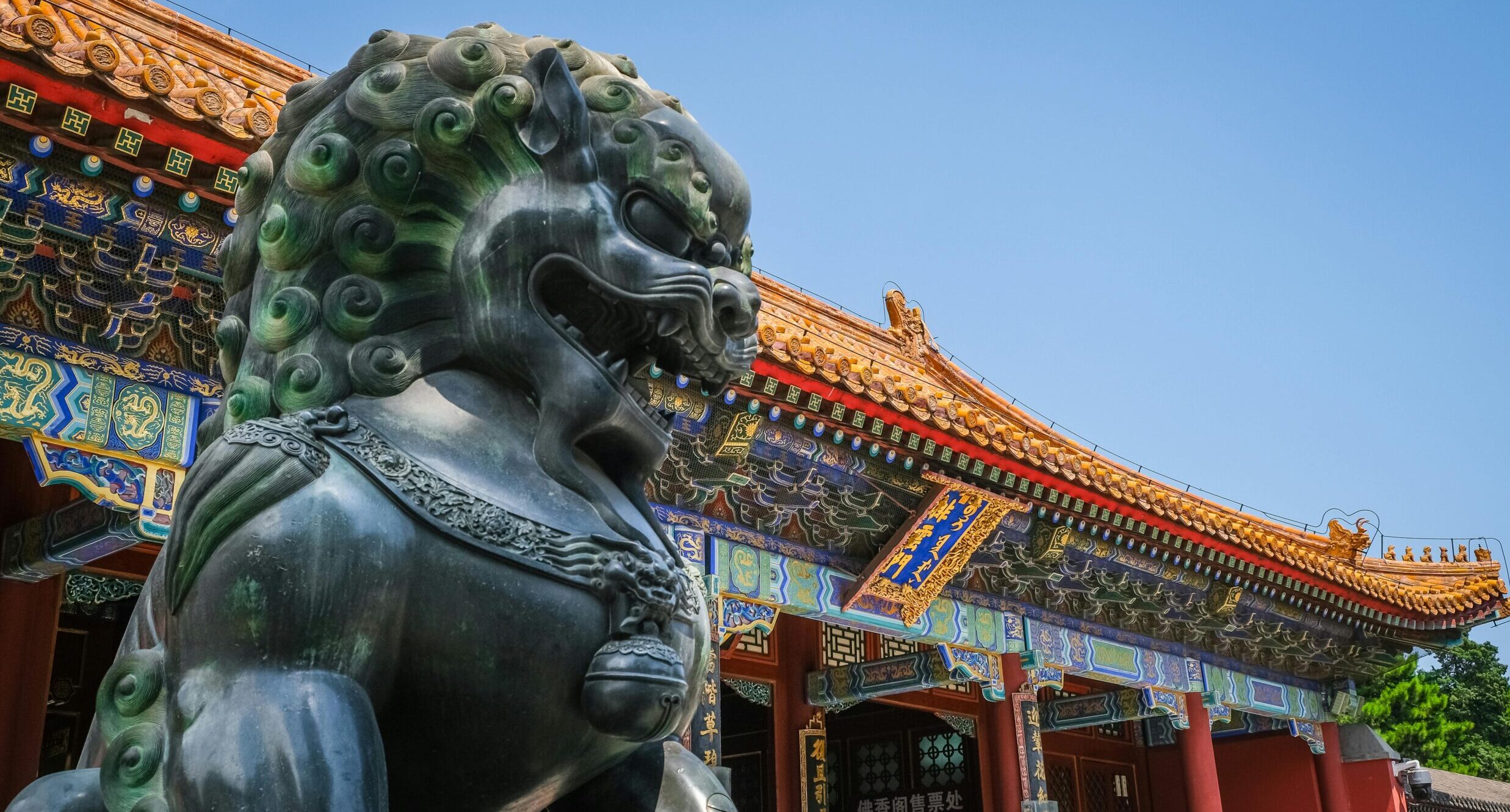
Chinese art flourished during various dynastic periods, with the Terracotta Army standing as one of its most remarkable contributions. These life-sized statues, created to protect Emperor Qin Shi Huang in the afterlife, showcase the incredible craftsmanship of ancient Chinese artisans.
Chinese ink paintings, influenced by Confucianism and Taoism, emphasized nature and balance. This focus on harmony with the natural world became a defining characteristic of Chinese artistic expression.
Materials and Techniques Used in Ancient Artz
Each civilization used different materials based on their environment and available resources. These choices were not just practical but also reflective of cultural values.
- Stone: Civilizations like Egypt and Greece used stone for monumental structures and statues. Limestone, granite, and marble were popular choices.
- Bronze: Both the Greeks and the Chinese favored bronze for casting statues. This material allowed for more intricate details and created more durable works.
- Pigments and Paint: Early artists used natural pigments derived from minerals, plants, and animals to create vivid images. These pigments were mixed with binders like animal fat for durability in cave paintings and murals.
The Cultural Impact of Ancient Artz
Art was never created in a vacuum; it was shaped by the culture, religion, and politics of its time. In Egypt, art often depicted religious rituals and was used to ensure a successful journey to the afterlife. Mesopotamian art emphasized the divine right of kings, with rulers portrayed as godlike figures to assert their authority.
In addition to religious themes, art also served as a means of communication. Societies with limited literacy, art conveyed stories, laws, and moral values. For instance, Greek vases often depicted mythological scenes that taught lessons and reflected the beliefs of the time.
Modern Influence of Ancient Artz
Today, the influence of ancient art is visible in many aspects of modern life, from architecture to design. Greek columns are frequently used in contemporary buildings, while Egyptian motifs appear in fashion, jewelry, and interior design. Museums around the world proudly display ancient artifacts, and many contemporary artists continue to draw inspiration from these early forms of human expression.
Table: Key Contributions of Major Ancient Civilizations
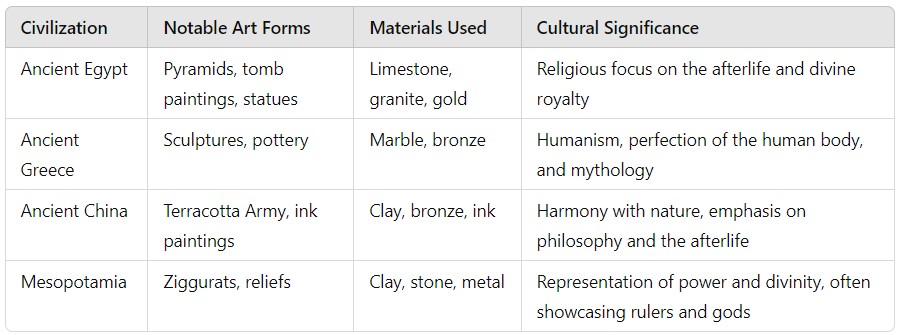
This table outlines the key contributions of major ancient civilizations. Each culture had distinct artistic practices, materials, and cultural values, many of which continue to influence modern art and society today.
Conclusion
The legacy of “Ancient Artz” transcends time. It serves as both a historical record and an artistic expression of human creativity. From the earliest cave paintings to monumental statues, ancient art connects us to the past, offering a deeper understanding of our ancestors’ worldviews and values. These artistic treasures continue to inspire modern culture and remain an essential part of our collective heritage.
As we explore these masterpieces, we see that ancient art is not merely a relic of the past but a bridge that connects us to the origins of human civilization. It reminds us of the timeless human need to create, communicate, and leave a lasting mark on the world.
FAQs
.What does “Ancient Artz” represent?
Ancient Artz refers to the artistic creations of ancient civilizations, reflecting their beliefs, culture, and societal values.
.Which ancient civilizations contributed the most to art?
Ancient Egypt, Greece, China, and Mesopotamia made significant contributions, each with its distinct style and cultural influence.
.Why was art so important in ancient times?
Art served as a means of communication, religious expression, and societal reflection, often carrying deep symbolic and cultural significance.
.How did ancient civilizations create their art?
They used materials like stone, bronze, clay, and natural pigments, employing techniques like carving, casting, and painting.
.What influence does ancient art have today?
Ancient art continues to inspire modern design, architecture, and culture, with many elements appearing in contemporary works.
.What materials were most commonly used in ancient art?
Stone, bronze, clay, and natural pigments were frequently used, with each civilization favoring certain materials based on availability.

